CI: We feel that there will be several people who will prefer a diesel automatic. So, why are you not launching an automatic diesel variant?
Dr. Chacko: Well, we’ll have to wait and watch how the market develops. Automatic cars are more expensive than those with manual shifts and diesel cars are more expensive than petrol ones. And pricing is the deciding factor in everything.
CI: We know that the Vento shares its platform with the Polo, but is it influenced by the Golf too?
Dr. Chacko: The Polo is based on the PQ25 platform and the Golf on the PQ34, both of which have been combined for the new Vento sedan.
CI: Does the Vento have more localisation than the Polo?
Dr. Chacko: Percentage-wise, the Vento will naturally have an advantage, because most of the stuff that we did in steps for the Polo has already arrived. Therefore, the Vento has just to add on its own specific parts, which we are doing.
CI: That brings us to the much-awaited Polo 1.6 L. When do you propose to introduce that in India?
Dr. Chacko: The Polo 1.6-litre will be introduced in the market about the same time as the Vento. However, we are not looking at a big launch for the Polo 1.6, as it’s just another engine option for the hatch.
CI: Did you have a particular target audience in mind while designing the Vento?
Dr. Chacko: The Vento has basically been thought of as a chauffeur-driven car. The size, interior room and luggage space also suit young executives and professionals with a family of two. You have to look at our whole pallet to recognise it. For example, the Polo is designed for a person who drives his/her own car, but, at the same time, there are many Polos that are chauffeur-driven and it’s perfectly all right. Added to the basic concept, it was decided that the Vento should be designed as a chauffeur-driven car, for we found out that there was a large segment in India that would go for a car like that. That is also the reason why we have combined two platforms to be able to cater to this demand. Features such as the front seat, which can be adjusted even from the rear, are aimed at making the car more convenient for passengers in the rear seat.
Tell us about the Vento.
The Vento project is at least four years old and a lot of thought has gone into it with regard to the demands on it. We decided to have a car that was different. From the outside, it looks very harmonious and not as though something has been stuck on to it (referring to the boot). There’s a standard product development programme that we follow. Here, at Chakan, we were entrusted with the Vento VFF project exactly eight months ago. The Vento will be introduced with more colours, engines and transmissions. Though nobody seems to notice it, the whole car is absolutely different from the Polo. The rear compartment is completely new, the front fender is different. Even the door sizes are bigger to suit the whole proportion of the car. One of the prominent visible (and palpable) differences is the cooling system. The Vento has air-conditioner vents in the middle console for the back. There will be two variants: a 1.6-litre petrol engine and a 1.6 litre-diesel one. The petrol variant will come with manual and automatic transmission options and the diesel one will be launched with manual transmission only.


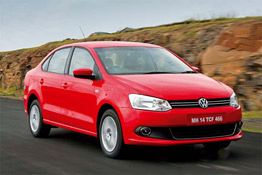












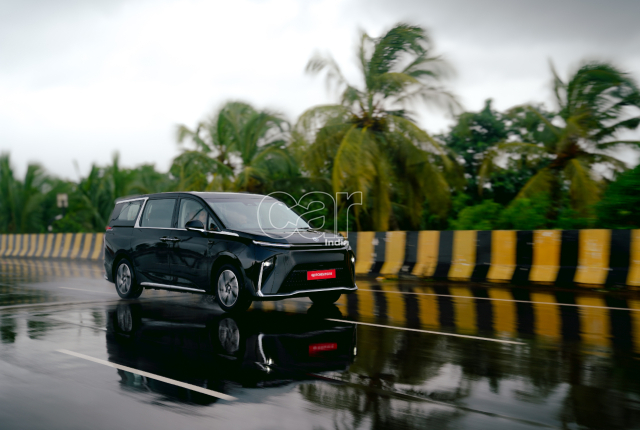
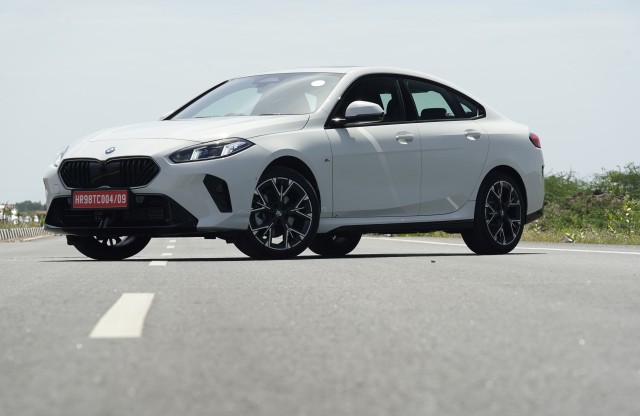
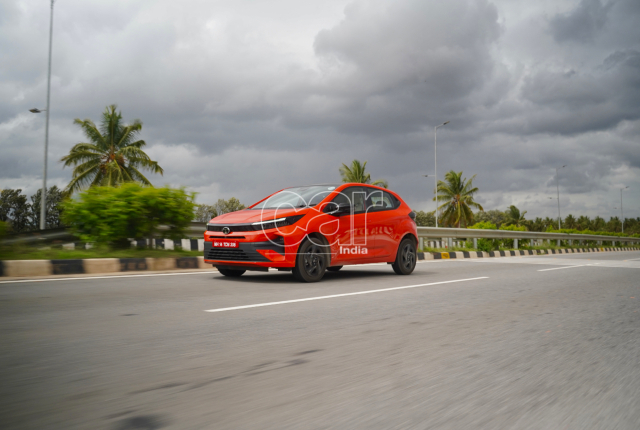
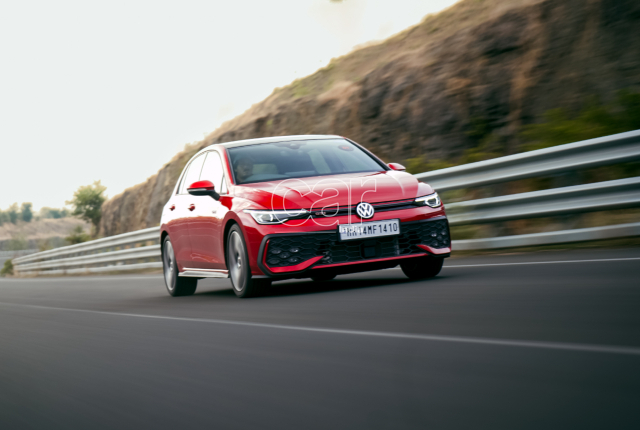



Leave a Reply